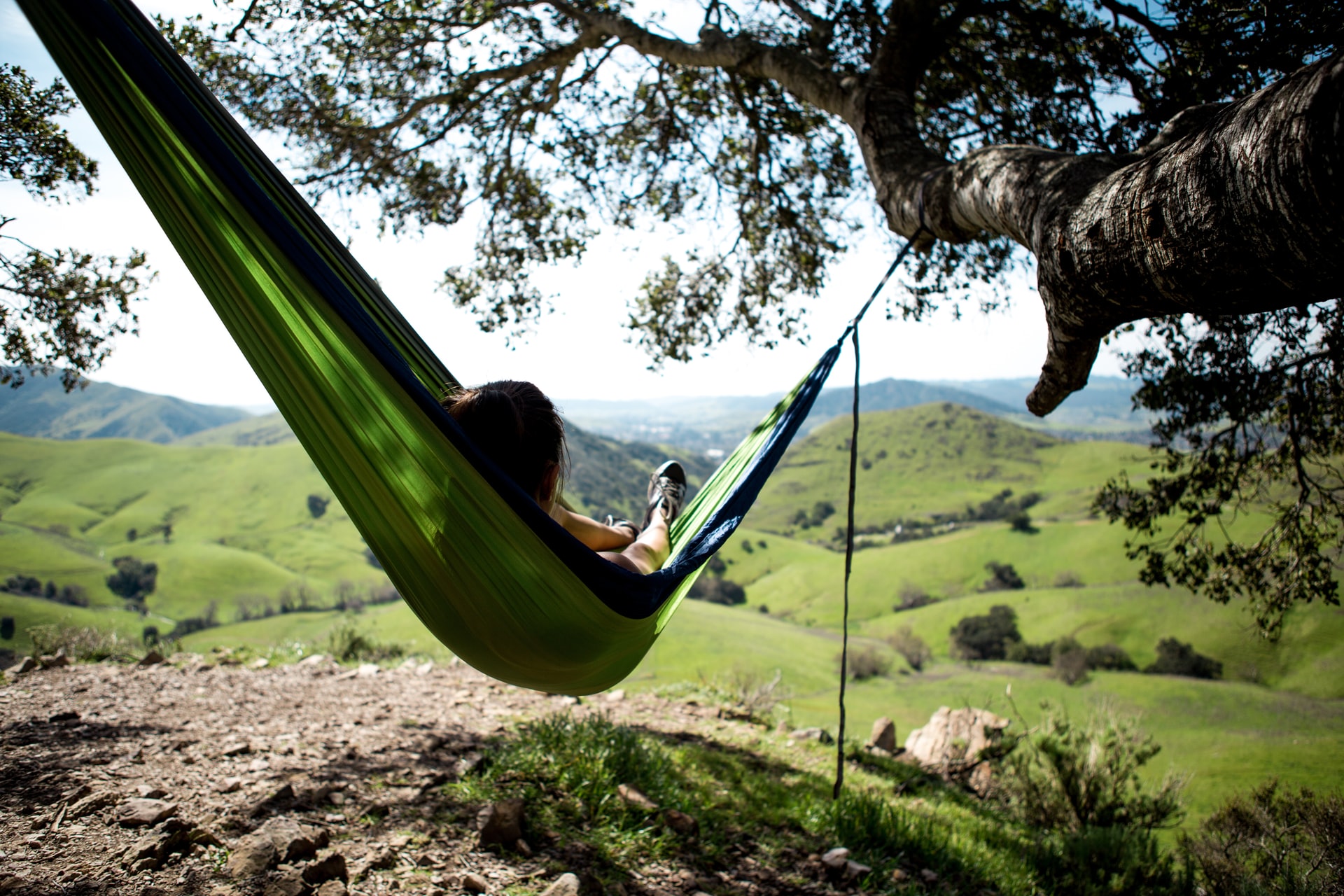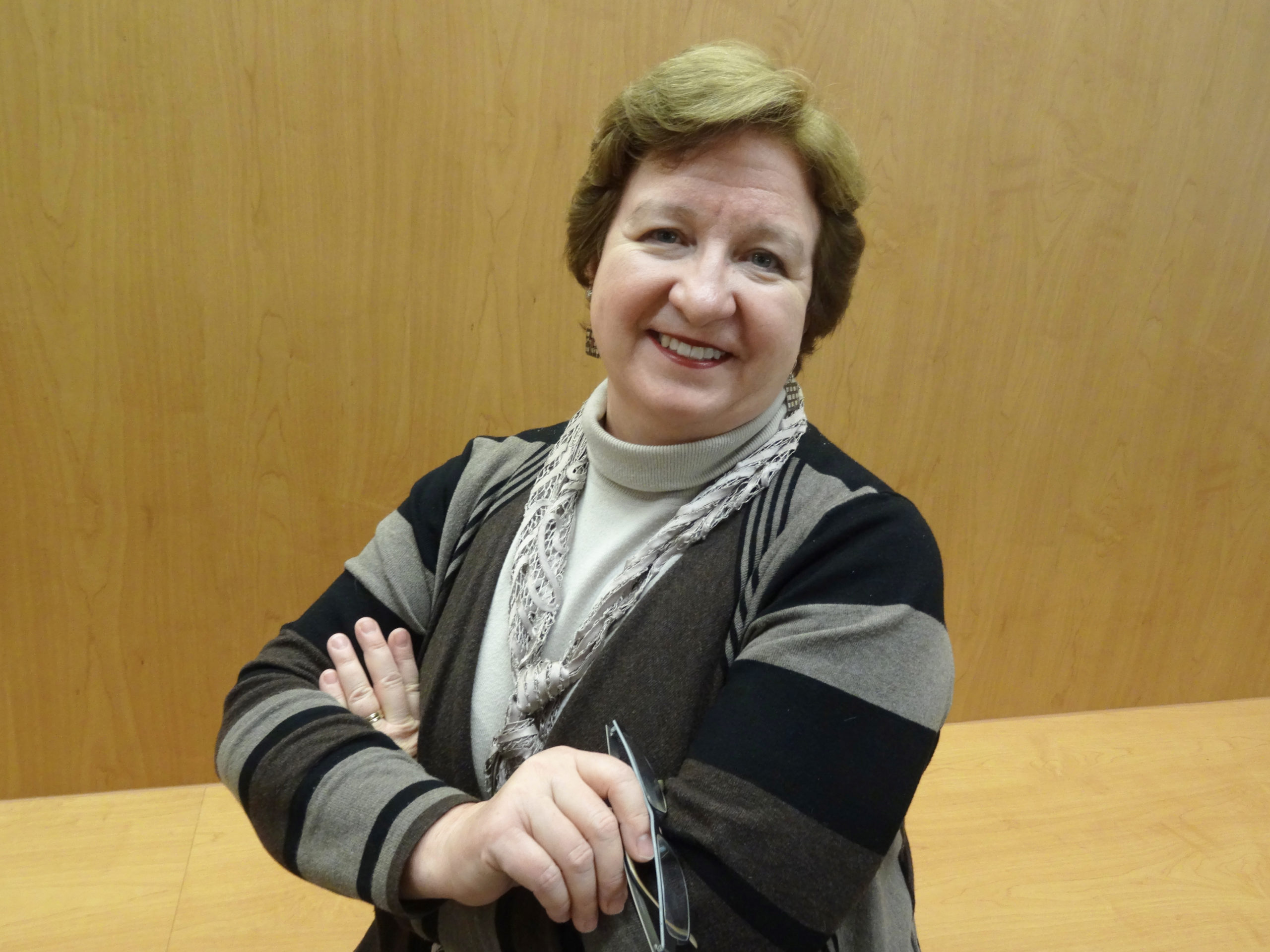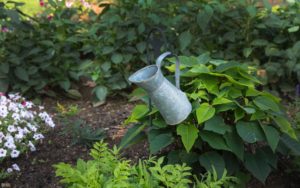Recovery is a wellness strategy that has to be planned, paced and peaceful. It is more than getting a good night’s sleep. It is sensing what your body needs to be at the top of your game. It is responding to those signals and not suppressing them. Power naps are the ultimate quick recovery scheme.
Our sleep cycles are made up of REM (rapid eye movement) and non-REM sleep cycles. A full sleep cycle is about 90 minutes and a short non-Rem cycle is less than 30 minutes. Ideal power naps are 20-30 minutes long. Some people will take a planned nap when they know they are going to be up late while others are habitual nappers who enjoy a daily afternoon snooze. Emergency naps can also be beneficial if you find yourself suddenly tired when driving or doing strenuous activities.
Health Benefits of Power Naps
Increased Energy Levels
If you are fatigued from sleep loss related to extra work duties, shift work, newborns, or jet lag, a daytime nap may help you adjust and restore energy.
Improved Memory and Alertness
A NASA study on military pilots found that a 30- 40-minute nap improved performance by 34% and alertness by 100%.
Promotes relaxation and rejuvenation.
Nappers often describe their quick retreats as mini vacation that leave them feeling refreshed while increasing their coping skills.
Improved Weight Management
Sleep, not inactivity, actually helps protect us from obesity. It is not quite clear what the mechanism is but it is thought to be related to reduced cortisol levels which are associated with normal weight. That means either longer sleep nights or a few naps a week.
Better Blood Pressure
Psychological stresses can increase blood pressure and research has shown that a nap is as effective as medication in bringing down blood pressure after psychological stresses.

Quick Tips for Napping
- Fall Asleep Fast– Find a cool, dark, comfortable rest spot. Turn your phone off, reduce white noise, and put on a sleep mask. Count sheep or at least wipe your worries away.
- Sleeper Deeper – You will have a better-quality sleep a few hours after a meal. No wonder naps are often late morning, mid-afternoon or early evening.
- Wake Quickly – Set an alarm, go back into the sunshine or a lighted room, and start to move. If you still feeling sleepy, have a cool drink or even splash some water gently on your face.
Don’t nap if….
- You are trying to overcome insomnia or night time sleep problems
- You feel very groggy or even disoriented after a nap
Famous Power Nappers
- Infants and pre-schoolers need their afternoon nap for growth and brain function
- Thomas Edison, the famous inventor, often napped for 2 hours a day
- Leonardo da Vinci, the Renaissance artist, enjoyed 15-minute naps every 4 hours
- Salvador Dali, Spanish Artist, practiced micro napping which lasted only seconds but occurred frequently through the day
- Margaret Thatcher, former British PM, slept only 4 hours at night but always had a 1-hour afternoon nap
- 85% of the animal kingdom, including cats and dogs, routinely fall into a sound sleep a few times a day to pace their energy.
Resources
https://www.sleep.org/articles/what-is-a-power-nap/
https://io9.gizmodo.com/the-science-behind-power-naps-and-why-theyre-so-damne-1401366016




I trained myself to nap during my lunch hour at work when I was pregnant with my first daughter about 33 years ago and I have kept it up. I hit an energy dip around 2:30 in the afternoon and just power down for about 30-45 minutes. It has always worked wonders.